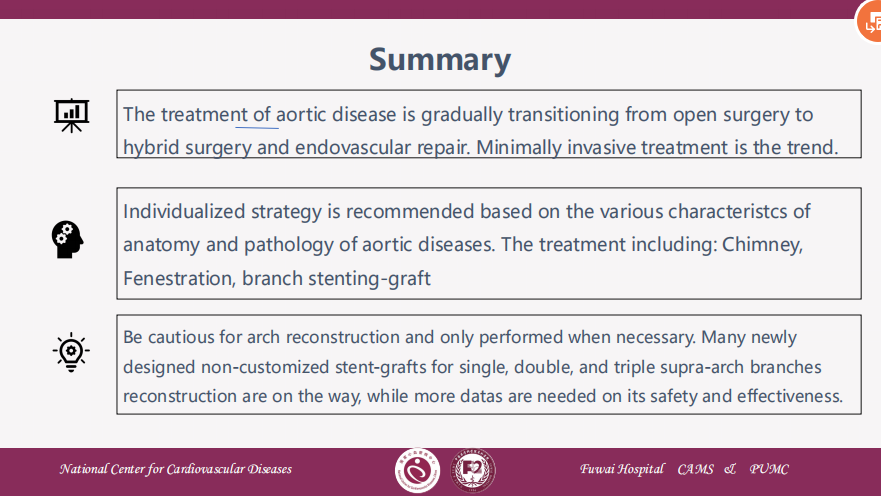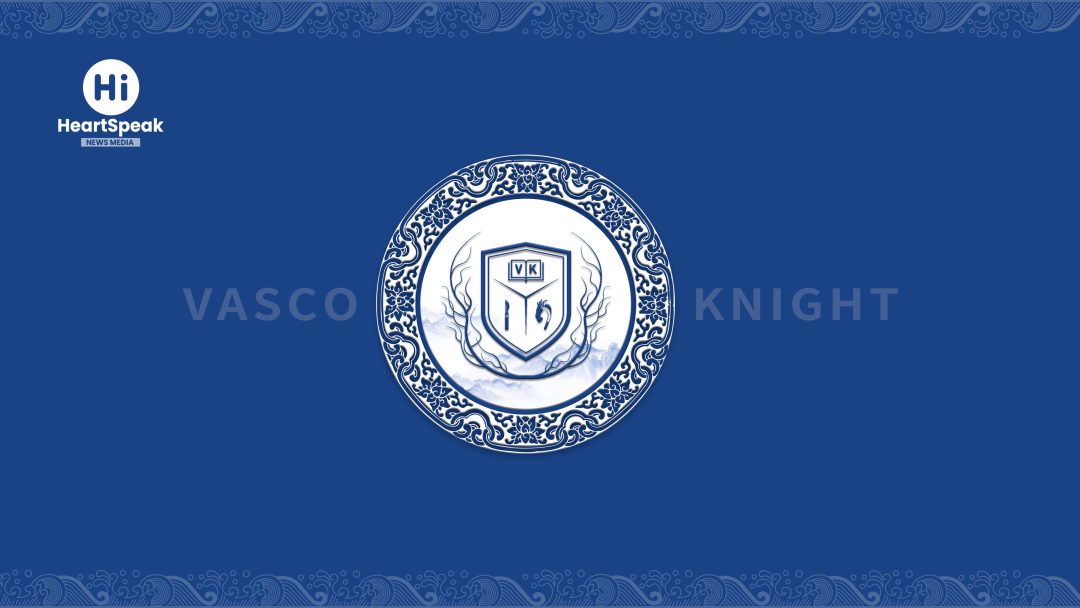
On November 19, 2024, Vasco Knight@VEITH 2024 was successfully held at the Hilton New York Center, USA. With the theme of "Innovation and Future", the conference brought together the world's top academic experts, industry leaders and medical technology innovators to discuss the cutting-edge technology, intelligent medical care and future trends of vascular surgery. As an important platform in the field of global vascular surgery, this conference provides valuable inspiration and direction for promoting medical technology innovation and international cooperation.
The complexity and pathological diversity of major arterial arch diseases pose challenges in the field of vascular surgery. In recent years, there have been significant advances in endovascular therapy technology, especially the application of innovative devices that have significantly improved the treatment effect. Professor Shu Chang from Fuwai Hospital, Chinese Academy of Medical Sciences introduced the development background, technical characteristics and clinical application results of Longuette™, chimney technology and concave supraarch branch stent system at the conference. At the same time, the clinical experience is summarized through specific case sharing, the application value of these technologies in complex diseases is discussed, and the guidance for future medical research and practice is provided.
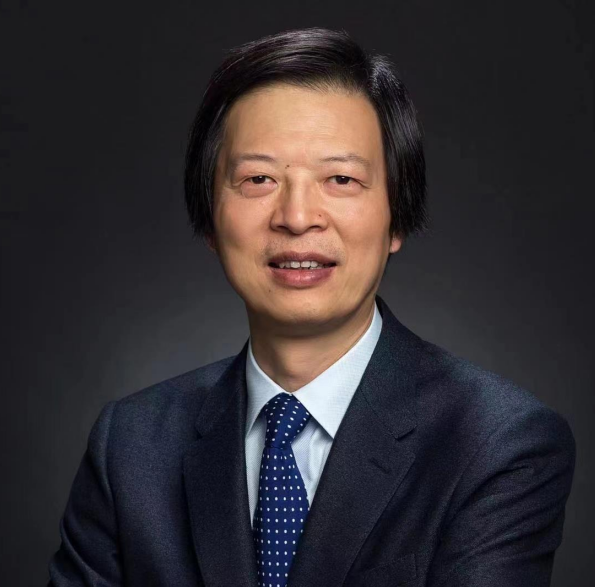
Introduction
Aortic arch lesions, including aortic dissection, aneurysm, and ischemic injury, are usually associated with a more severe mortality rate. Although traditional open surgery can effectively reconstruct the blood flow of the supraarch branch, it has become the mainstream of clinical treatment due to large trauma, slow recovery of the appendix and many complications. However, there are deficiencies in the reconstruction of supraarch branches, endoleak control, and adaptation to complex anatomical structures. In response to these challenges, innovative endovascular treatment technologies and devices have been developed, including long-skirt stents, chimney technology, and concave supraarch stent systems. These techniques have led to a completely new solution for the treatment of aortic arch disease.
Technical highlights and clinical applications
01. Introduction to Longuette™ technology
The long-skirt stent was developed by Professor Shu Chang's team in 2018 and optimized for endoleakage, which is common in aortic arch accidents. It is characterized by the use of a skirted structure to close the tumor cavity, reducing the risk of endoleakage, while providing supraarchal branch reconstruction.
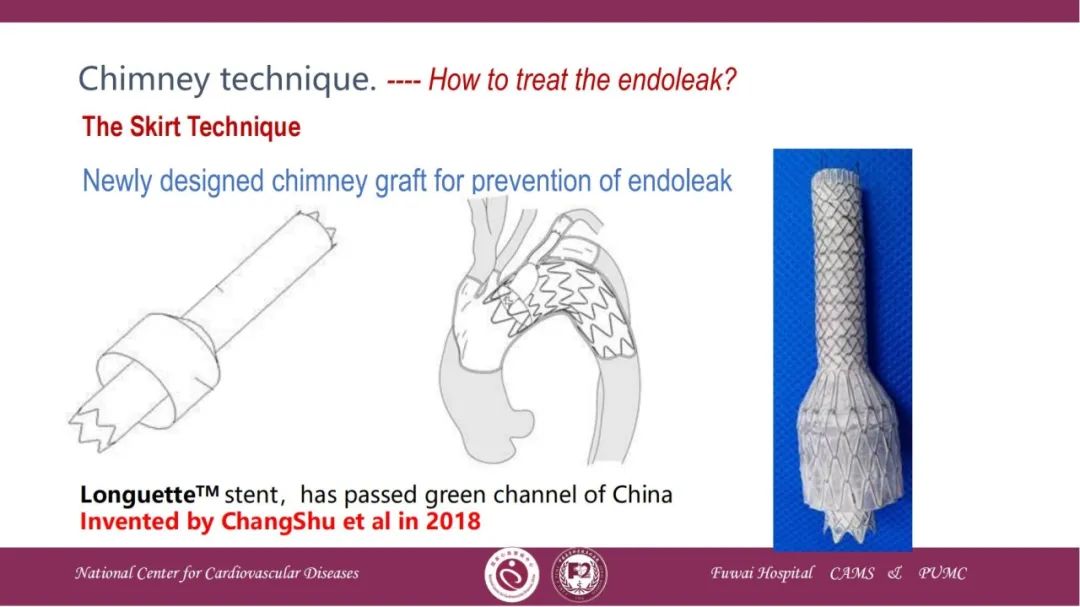
Clinical outcomes
A multi-center clinical trial involving 150 patients showed that the incidence of adverse events in the stent was about 0.67% after 30 days of research and development, and the 1-year branch patency rate was 97.88%, far behind the traditional chimney technology.
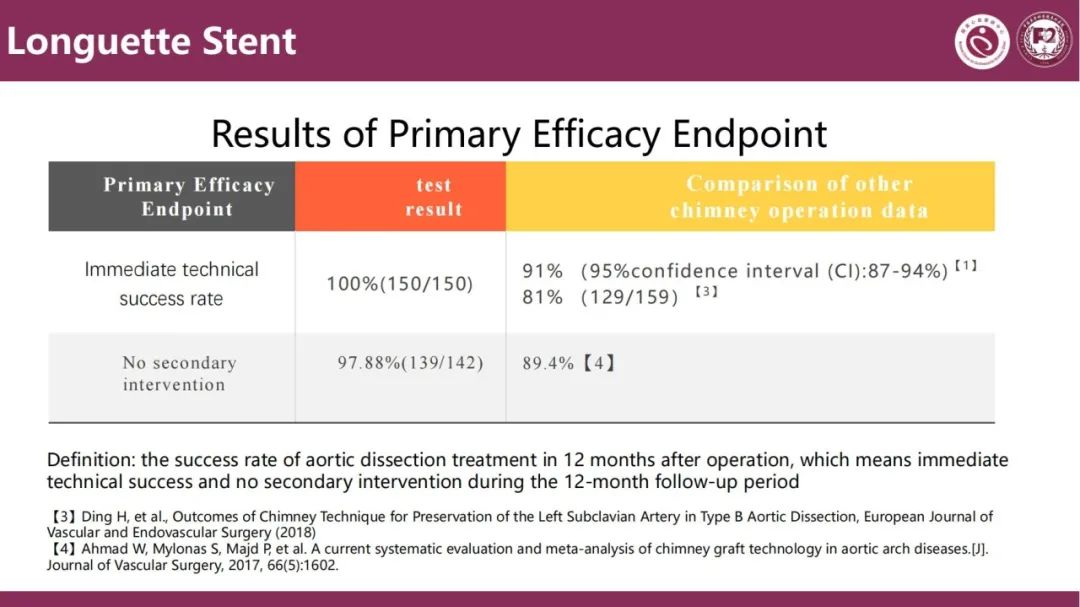
02.Chimney technology
Introduction to the technology
The chimney technique creates a "chimney" structure by pre-inserting a stent into the aortic lumen to protect blood flow to the supraarch branches. This technique is suitable for arch anatomy applications with sudden angle increases and can be used alone or in combination with the periscope technique.
Case 1
A 77-year-old man with left common carotid artery injury is risky due to severe bowing of the vascular vessels in the arch. The innominate artery and the left common carotid artery were repaired using the double chimney technique, and the left cervical subclavian artery was reconstructed in combination with the periscope technique. The mutation showed that blood flow returned to normal and no endoleakage occurred after 6 months of mutation.
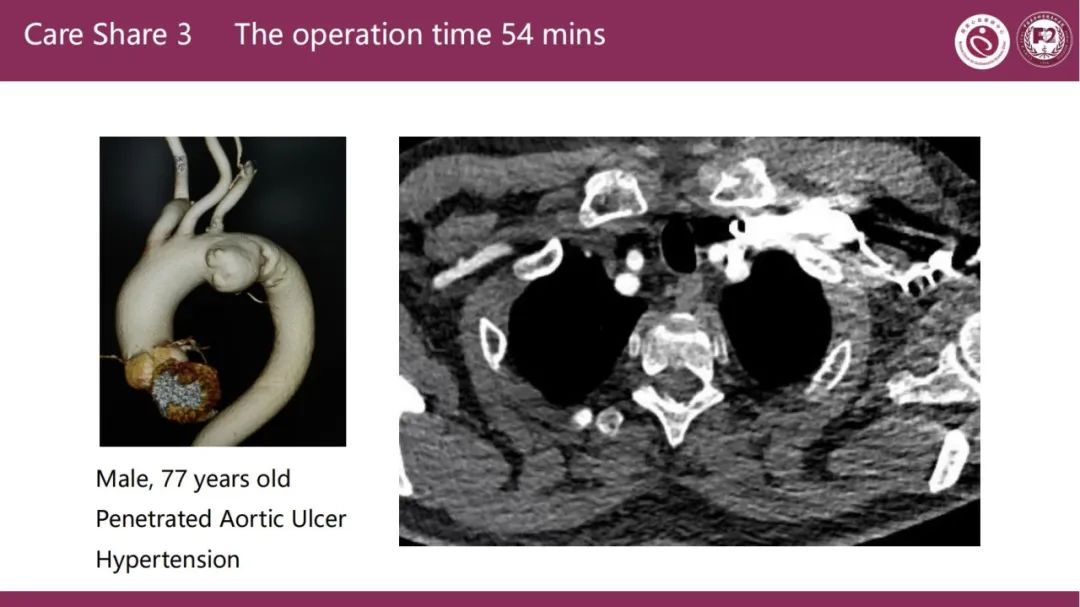
03.Concave arch bracket system
Introduction to the technology
The concave supraarch branch stent system is suitable for three-branch reconstruction by designing a structure on the surface of the stent to protect the blood flow of the supraarch branch to avoid blood flow interruption and simplify the stent placement process.
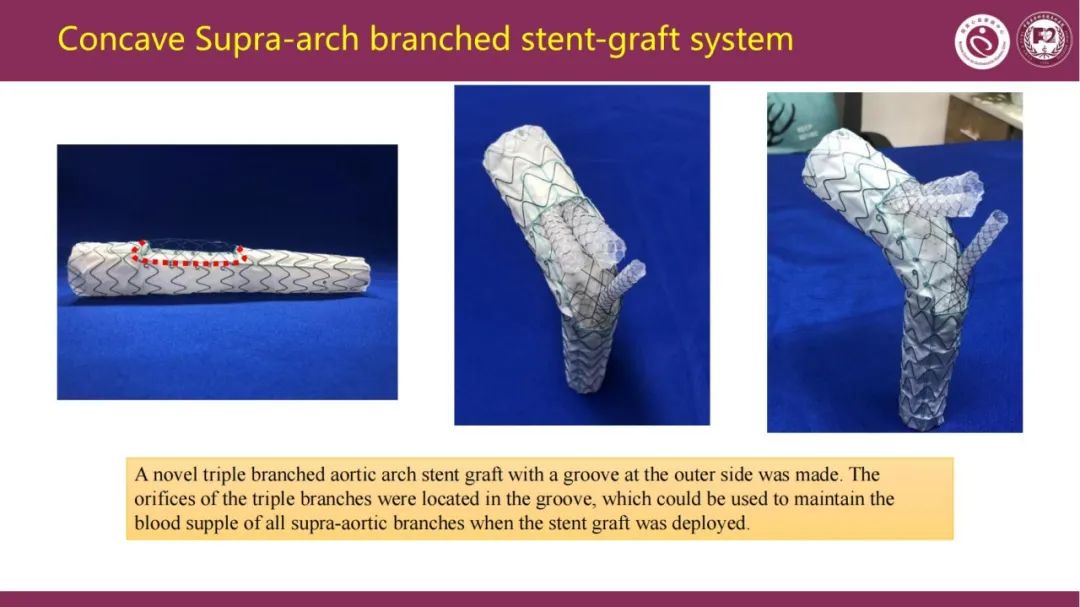
Case 2
A 53-year-old female patient presents with an aortic arch aneurysm with a diameter of 50.3 mm completely. The three-branch reconstruction of the arch was done through a concave supraarch stent system. Preliminary findings show that all supraarch branches are patency and the tumor cavity is closed, and there are no intraoperative or crutches
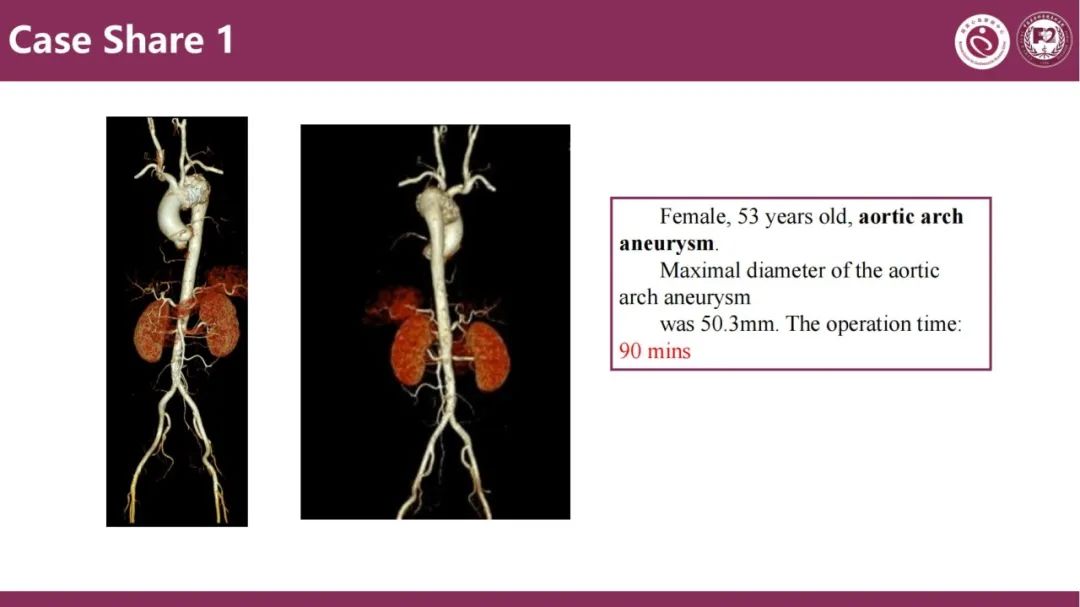
Summary of clinical experience and consultants' recommendations
01.Individualized principles of technology selection tailor treatment according to the patient's anatomical and pathological characteristics. For example, for cases with larger arches, the chimney technique has significant advantages; And for complex three-branch reconstructions, the concave bracket provides the system. Increased safety and ease of operation.
02.Technical Key Operations
● Ensuring the success of chimney technology depends on precise stent positioning to the patency of the supraarch branches.
● Special attention should be paid to the skirt unfolding of the long skirt bracket to prevent the occurrence of leakage in the middle and interior.
● The arrangement of the concave stent is based on its design, which can not only protect the blood flow of the branch but also simplify the operation.
03.Access and management require regular visits to the CTA stent position, branch patency, and tumor cavity closure. Endoleak can be managed with glycemic control and observation, and in most cases repeat intervention.
Medical Research & Practice Guidance
1. The safety and efficacy of the technology were further verified
Although the long-skirt stents and concave stents have demonstrated good safety and efficacy in multicenter trials, larger sample sizes and long-term cue data are still needed to support them.
2. Optimize equipment design
On the basis of the existing technology, we will further develop equipment with simpler operation and wider application range, and gradually standardize the operation process.
3. Promote international cooperation
In the field of endovascular aortic therapy, international clinical cooperation and experience sharing need to be strengthened to promote the global promotion and application of innovative technologies.
conclusion
The treatment of aortic arch disease is transforming into endovascular treatment and personalized protocols. The application of long-skirt stents, chimney techniques, and supraarch branch stent systems not only improves the degree of atherosclerosis in patients, but also provides them for future research and practice by reducing endoleakage, simplifying surgical procedures, and protecting branch blood flow. By improving the direction of continuous equipment design and scaling up clinical studies, the treatment of aortic arch lesions will indicate more obvious development prospects.
